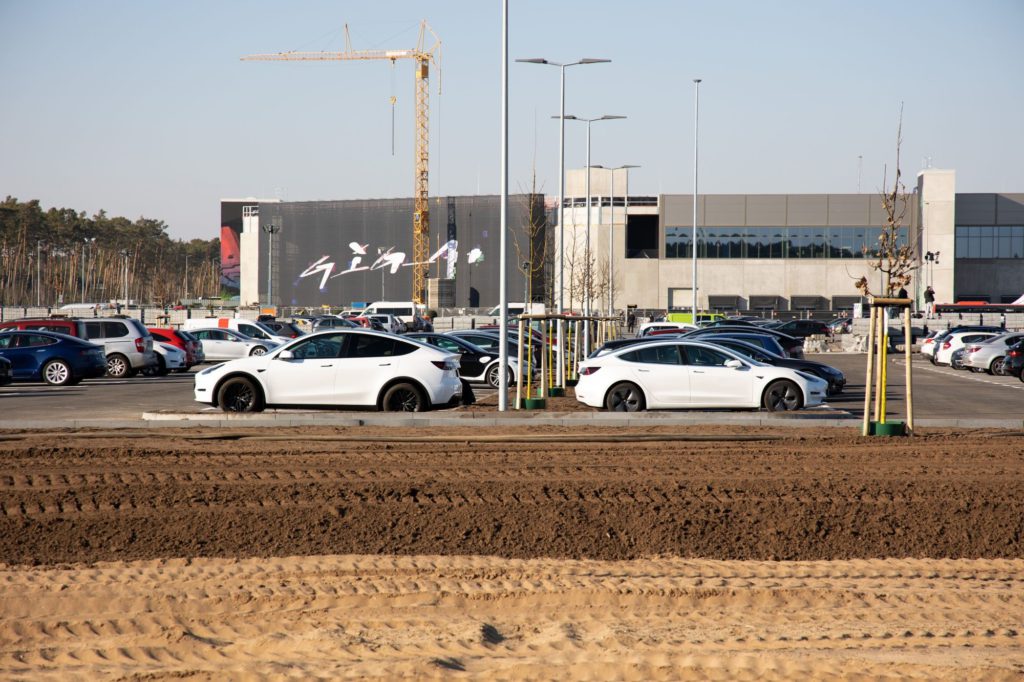(Bloomberg) — Stay on top of the electric car revolution by signing up to our Hyperdrive newsletter here.
Tesla Chief Executive Officer Elon Musk handed over the first made-in-Germany Model Y vehicles Tuesday at the company’s new factory outside Berlin. It’s a big milestone for Tesla, which now has auto plants on three continents: in North America, home to its first assembly in Fremont, California; in Asia, its second facility in Shanghai; and now in Europe.
In a few weeks, Tesla will celebrate the opening of a fourth auto factory in Austin, Texas. Musk’s almost back-to-back plant parties signal the company is entering a new phase of growth as the CEO seeks to maintain a dominant position as the leading electric vehicle brand.
Musk has long talked about the idea that Tesla’s factories are products unto themselves and “the machine that builds the machine.” Over the past two years, as the world struggled with one challenge after another brought about by the pandemic — staff shortages, congested ports, the dearth of semiconductors and other supply chain issues — Tesla was filing building plans, navigating construction permits and pouring concrete.
The world’s automakers have made big announcements about their investments in and commitments to electrification. But the fact that Tesla has not one but two new factories coming online will bolster its ability to crank out more electric cars than any other company. You can’t sell what you can’t build.
“After a successful 2021, our focus shifts to the future,” Tesla said in its January shareholder presentation. “We aim to increase our production as quickly as we can, not only through ramping production at new factories in Austin and Berlin, but also by maximizing output from our established factories in Fremont and Shanghai. We believe competitiveness in the EV market will be determined by the ability to add capacity across the supply chain and ramp production.”
Tesla has said its Fremont factory — already the most productive in North America last year — could increase capacity beyond 600,000 vehicles annually. It’s the only plant that makes the Model S and X, though the bulk of production is the 3 and Y. Installed capacity at Shanghai is more than 450,000 cars per year, and it’s bringing on thousands more workers.
Tesla is expected to boost output more slowly near Berlin and in Austin. Credit Suisse analyst Dan Levy estimated in January that the two factories combined will produce a total of 118,500 vehicles this year. He sees Shanghai cranking out 877,000 cars and Fremont making 458,250.
Other automakers have announced plans to increase their electric vehicle production capacity. Earlier this month, Ford said it plans to make 600,000 EVs in 2024 and have the ability to make 2 million EVs annually by 2026.
That’s great. But Tesla made 930,442 cars in 2021. While I don’t doubt Ford’s commitment to going electric, it’s not going to have the capacity to match Tesla, EV for EV, anytime soon.
More stories like this are available on bloomberg.com
©2022 Bloomberg L.P.











